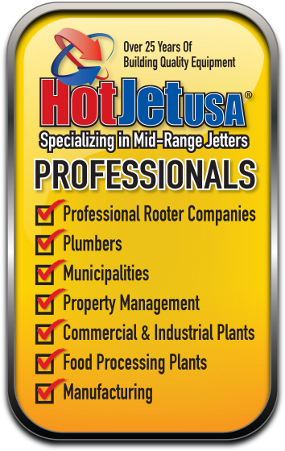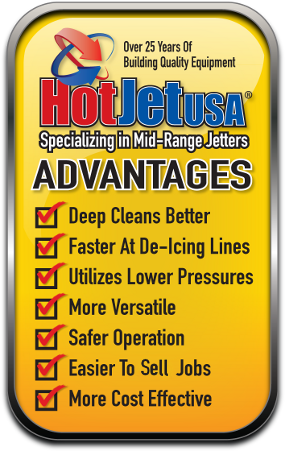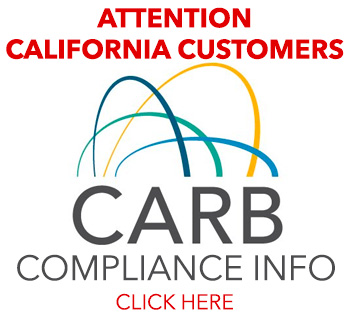Sewer Jetting Safety

It’s imperative that all operators read the safety and operating instructions before using any HotJet USA product. Drain and sewer cleaning can be dangerous if proper procedures are not followed and appropriate safety gear is not utilized. Read the engine owner’s manual for instruction and safety precautions on engine operation.
SEWER JETTING SAFETY
Sewer jetting is a serious business that can result in serious injury or death when proper safety precautions are not followed. Awareness of common jetting hazards, knowing how to protect oneself from them, and learning and practicing the proper safety procedures can greatly reduce the chances of disaster striking at unexpected moments.
COMMON JETTING HAZARDS
When water is pressurized to 4,000 PSI, it becomes a potentially deadly force that can easily result in serious injury when the water jet comes into contact with skin or eyes. The impact of a high pressure nozzle, leaky hose or being hit by contaminated waste can cause potentially life threatening injuries. When jetting is performed in confined spaces other OSHA rules for confined space entry and personal protective equipment must be followed.
PERSONAL PROTECTION
Proper dress is also important when performing high-pressure water jetting. Coveralls should be worn. A heavy duty raincoat should also be worn to keep technicians dry and to help provide a barrier in the event there is contact with debris flying from the pipe.
Safety goggles should always be worn to protect the eyes from a high pressure jet of water. Water pressure above 2,000 PSI requires a full face shield, and at 4,000 PSI the water jet can literally tear an eyeball from its socket.
Heavy duty, waterproof gloves (insulated, if running hot water) are needed to protect the hands. Rubber boots with metatarsal guards are highly recommended. Hard hats are necessary in environments where falling objects are a potential hazard.
HAZARDOUS BACTERIA AND MATERIALS
Drains and sewer can carry bacteria and other infectious micro-organisms or materials which can cause death or severe illness. Avoid exposing eyes, nose, mouth, ears, hands and cuts and abrasions to waste water or other potentially infectious materials during drain and sewer cleaning operations. To further help protect against exposure to infectious materials, wash hands, arms and other areas of the body, as needed, with hot, soapy water and, if necessary, flush mucous membranes with water. Also, disinfect potentially contaminated equipment by washing such surfaces with a hot soapy wash using a strong detergent.
GASOLINE IS EXTREMELY FLAMMABLE AND IS EXPLOSIVE UNDER CERTAIN CONDITIONS
- Refuel in a well ventilated area with the engine stopped. Do not smoke or allow flames or sparks in the area where the engine is refueled or where gasoline is stored.
- Do not overfill the fuel tank (there should be no fuel in the filler neck). After refueling, make sure the tank cap is closed properly and securely.
CARBON MONOXIDE DANGERS
Carbon monoxide exhaust and/or gasoline fumes from this equipment can create a hazardous atmosphere in confined spaces (which may include, but are not limited to, manholes and septic tanks), closed garages or other areas which may not be properly ventilated. In particular, excess gasoline fumes can create an explosion hazard. Such hazardous atmospheres can cause death or severe injury. Do not operate this equipment in any confined space or area with inadequate ventilation. Operate this equipment only when located outdoors or in an open, well ventilated area.
HOT WATER PRECAUTIONS
With the hot water on, it is highly recommended not to turn the water thermostat above 120° degrees… to prevent possible burn/scalding type injury.
TRAILER SAFETY
It is recommended to retighten and check all fasteners and lug nuts on a regular basis. Trailers create a lot of vibration and fasteners can come loose. IT’S MANDATORY TO RETORQUE YOUR LUG NUTS TO 120 FT. LB. ON TRAILERS EVERY 50-100 MILES AFTER PURCHASE.








